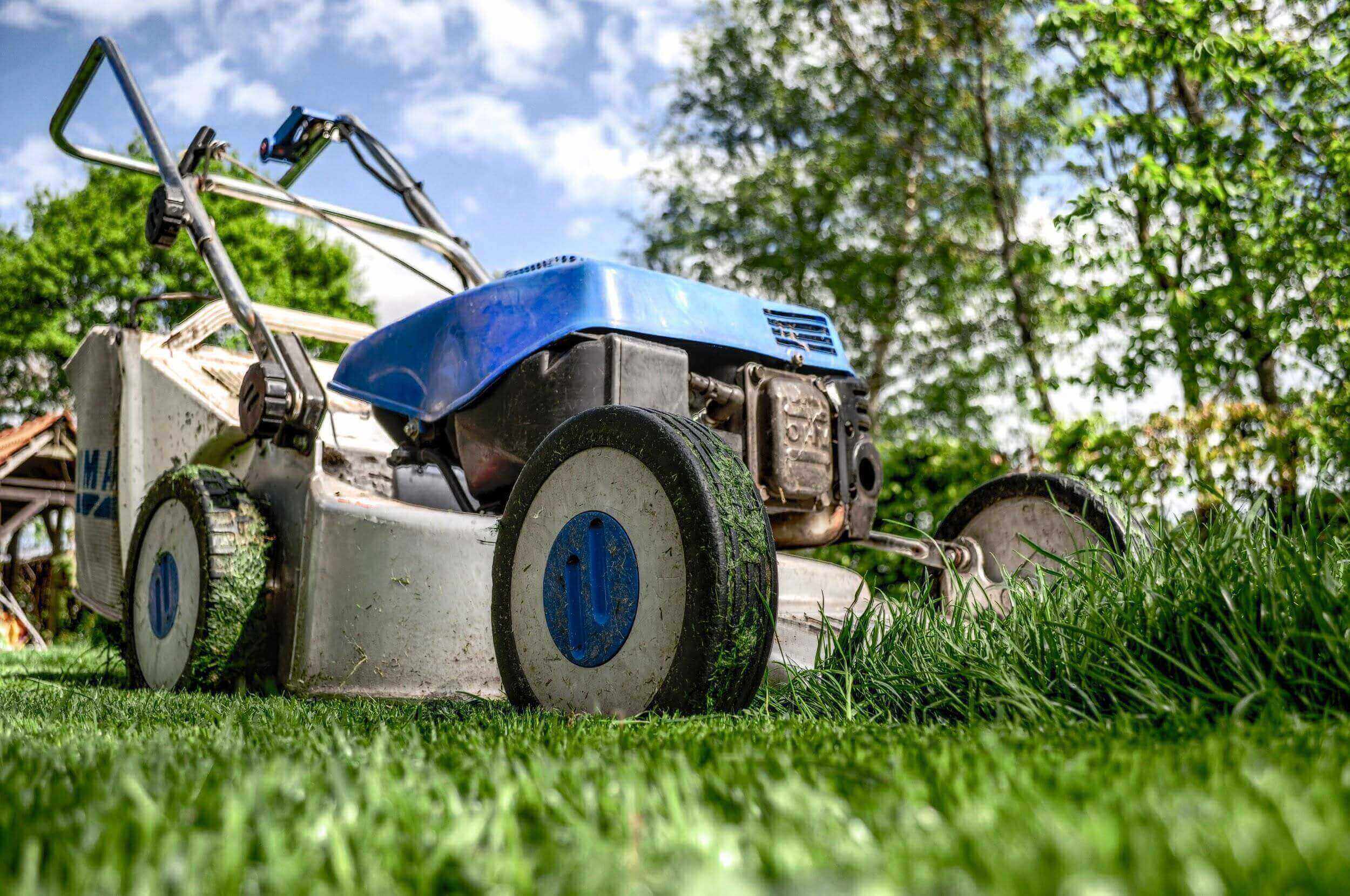How Often Should You Mow the Lawn?

Depending on where you live, mowing your lawn can nearly be an all-year task that needs to be done by homeowners and home-renters whose landlord doesn’t take care of the yard. However, the frequency with which you mow depends on the climate, the weather, the grass type, and many more components you may not realize. Some of your weekly outdoor routines may depend on how often you mow the grass each week, and how often you mow the grass may depend on the season it is and how quickly your grass grows.
This is a short guide on what to look for when mowing your grass or planning out your weekly routine because you can mow your yard too much, not enough, too low, or too high. Any grass-cutting in any uncertain terms can damage your grass enough to kill it.
What Type of Grass You Have Matters
Just like most things in life, there are different types of grass. It has been stated that there are over fourteen kinds of grass and each type has a different length that it is good for. The blade sizes can range from a half an inch up to three inches.
If you know the kind of grass you have, make sure to research what the best length is for your type. Researching grass length is easier than you realize and will help your mowing schedule and weekly routine in the long-run. Most of the more lush grass, like Blue Grama, should range from two to three inches, but a common type like Bermuda grass should only have a length between three-fourths and one and a half inches.
Most homes come with grass already installed so you may not have an opportunity to pick what kind of grass you have. However, you can get new grass by calling a landscaping company, and when you do, make sure to ask them about the different lengths each type they provide has, as doing this can help you determine what kind of grass to get.
How Often Do You Fertilize?
Fertilizing your grass also depends on the kind of grass you have and how full you’d like your grass to get. Luckily, there are those who can afford to get a lawn service to fertilize grass for them. A lawn service will fertilize as often as they deem needed for the best results of your grass, but chances are, if you are fertilizing by yourself, you’ll have to do some trial and error with your fertilization routine.
Also, if you notice that certain fertilizers work better than others when it comes to growing grass, you may want to work it into your yard work routine. If the grass grows more quickly with a certain kind of grass-feed, then decide on how often you can mow your grass if you’d like to continue using the same feed. If you decide that your fertilizer grows your grass more quickly than you’d like, then make sure to change it up and find a routine that works for you. A nice tip is to leave your grass clippings on the lawn when they aren’t wet instead of using fertilizer. Clippings, at any time, can contain a nice percentage of nitrogen and potassium to help your lawn grow.
How Often Does it Rain?
Depending on how often you water your lawn versus how often it rains in your area will also be a factor about how often you mow the lawn.
Obviously, each year brings a certain amount of rain, which means your watering and mowing routines will change yearly. However, if it is raining more, that means your grass is growing faster, some grass will need to be mowed more than once a week if that begins to happen. Of course, if it is raining often, you won’t have to water your yard to keep it healthy. It is a tricky balance.
What Season is It?
With each season comes a new lawn mowing routine colder climates will have to mow the yards in the Spring and Fall whereas hotter climates will have to do most of their yard mowing in the Summer months.
The deciding factor should be how quickly your grass is growing (many places suggest to do a 1/3-rule. There is more about that rule below). Grass does need to be mowed the most during the growing season, and each climate has different growing seasons. When you live in an area that has all the seasons mowing may need to happen for most of the year.
How Long is Your Grass?
When you mow, make sure your grass is long enough. Cutting the grass when it is too short can damage it and create brown spots, and killing your grass comes from weak root systems that won’t allow the grass to absorb water quick or well. If this happens, you may have to flood the affected areas to get the grass to grow again and to build stronger roots.
On the opposite end, you’ll want to make sure that your grass isn’t too long either. When your grass becomes too long, the sun can damage it, causing it to turn brown and dull before you get a chance to make it healthy by mowing.
The 1/3 Rule
All research points to the 1/3 rule. This rule does not mean that you cut your grass to 1/3 inches, this rule means that if your grass gets too long to cut it 1/3 at a time to avoid damaging your grass.
Tips to Remember
- Over-cutting your lawn can lead to root damage and brown spots
- Sharpen your blades yearly (or more often) to avoid tearing your blades.
- Get a testing kit. Using a testing kit will ensure you will know the pH and the fertility of your lawn, which can be corrected if needed.
- Keep the grass long in hotter months. This action will shade the roots and help prevent brown spots.
- Weed eat and check your yard for grubs whenever possible. Doing so will help prevent stressors and help keep your lawn healthy.



